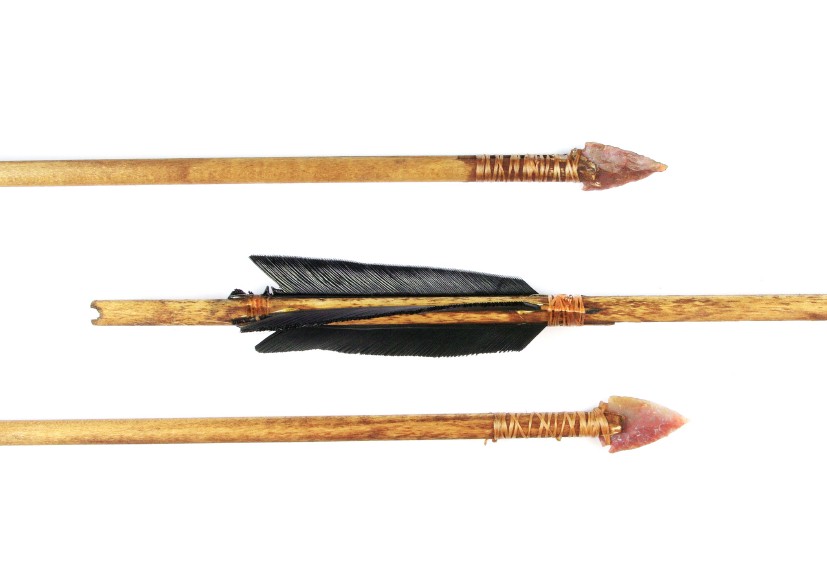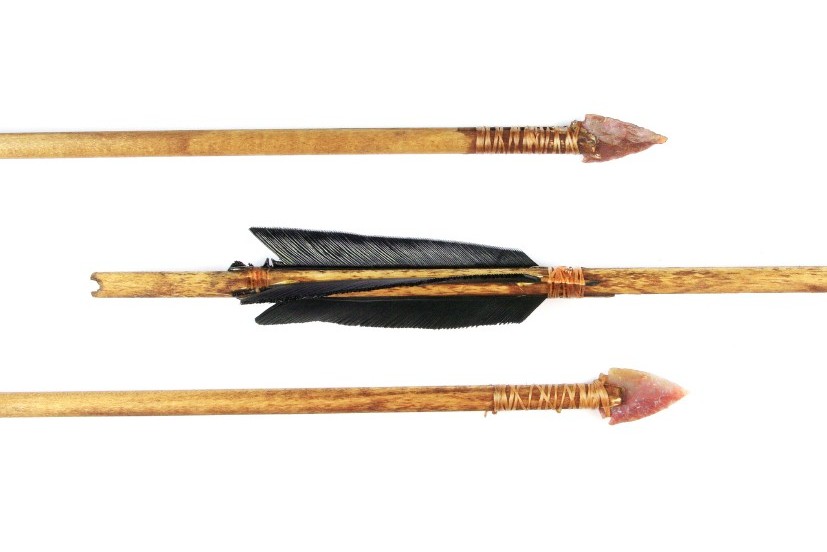Obviously, bows and arrows are military symbols. In this context, they are doubtless a reminder of the Revolt of the Jewish People, led by Bar Kochba, against the Romans in 135 C.E. (some 1,865 years ago).
 In this revolt, which took place some sixty-five years after the Destruction of the Second Temple by the Romans in 70 CE, the Jews initially succeeded greatly against the might of Rome. They succeeded physically and spiritually.
In this revolt, which took place some sixty-five years after the Destruction of the Second Temple by the Romans in 70 CE, the Jews initially succeeded greatly against the might of Rome. They succeeded physically and spiritually.
Physically, under the leadership of Shimon bar Kochba, they established an independent country, which lasted approximately five years, minted its own coins, and established a nearly impregnable stronghold in the city of Betar.
Spiritually, the revolt was led by Rabbi Akiva, who endorsed the Revolt and proclaimed Bar Kochba to be the Mashiach. If Rabbi Akiva believed that Bar Kochba was the Moshiach, it is nearly certain that Bar Kochba had at least the potential to be the “real thing.”
Tragically, and mysteriously, Bar Kochba lost Divine favor when he erroneously accused Rabbi Elazar of betraying Betar and executed him, triggering the immediate withdrawal of support by Rabbi Akiva and the rest of the Rabbis.
“Bar Kochba,” “The Son of the Star,” the almost-Mashiach, was now reduced to the name of Bar Kosiva, which was either his real name or another symbolic name, meaning “the son of the lie.” He attempted to “go it alone,” without the support of the Rabbis and thus, so to speak, also without the support of G-d, against the most powerful of the Roman legions. In the end, his great army was defeated by the Romans, having lost the invincibility guaranteed only by the favor of Hashem, triggering a horrifying massacre of Jews, and the crushing of the last Independent Jewish State until our time.

